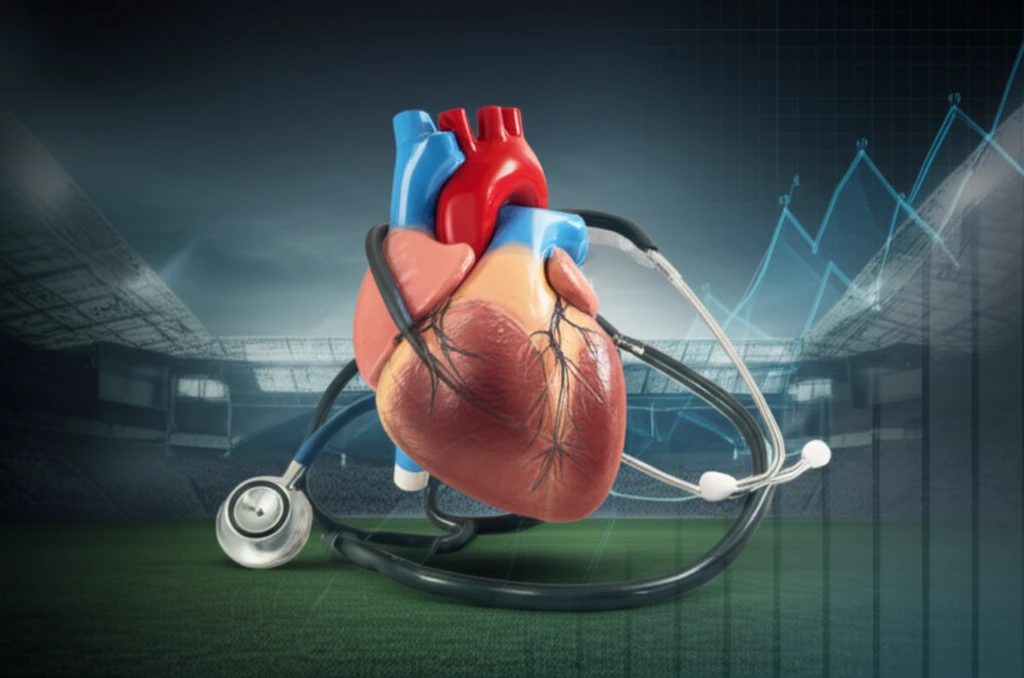
How Much is Too Much? Balancing the Cost of Preventing Sudden Cardiac Death in Young Athletes
"Navigating the complexities of cardiac screening in young athletes: Balancing the emotional weight, financial costs, and ethical considerations to protect our future stars."
The specter of sudden cardiac death (SCD) in athletes, though infrequent—estimated at 1 per 100,000 athletes per year—carries a heavy emotional weight. Each incident is a profound tragedy, amplified by widespread media coverage. The challenge lies in determining how to best prevent these occurrences without overmedicalizing young lives.
The causes of SCD in athletes typically fall into two categories: coronary heart disease (more common in athletes over 35) and congenital heart defects (often structural issues like cardiomyopathies in younger individuals). Early detection of these underlying conditions can lead to disqualification from high-risk activities, potentially saving lives.
However, intensive cardiac testing, while crucial for identifying potential issues, also presents challenges. Non-invasive testing methods are vital to minimize the risk to athletes, but the goal is to balance this approach with the costs and practicality of widespread screening. The reality is that over 95% of these tests will likely return negative results, underscoring the need for careful consideration of resources.
Why Is Accurate Diagnosis So Important?

An accurate diagnosis is paramount. A false positive result can lead to unnecessary disqualification, impacting an athlete's career and well-being. This is a significant concern, as the psychological and emotional consequences of being wrongly identified with a heart condition can be devastating.
- Doppler-echocardiography: Appears to offer the most promising results.
- Resting and exercise ECG: Still valuable in identifying potential issues.
- Structured questionnaires: Are the least effective as a screening tool.
Finding the Balance: Investing in Young Hearts
Is this price too high? Consider that similar resources are often allocated to prevent one death per year through statin therapy in individuals with intermediate risk of atherosclerotic disease. A comparable investment in young, healthy athletes seems justifiable, potentially saving lives and years of healthy living. Ultimately, the decision requires a thoughtful consideration of costs, benefits, and the profound emotional impact of SCD in young athletes. By prioritizing accurate diagnosis and cost-effective screening strategies, we can work towards protecting these vulnerable individuals while responsibly managing healthcare resources.
